Ninh Binh, a stunning province situated in the northern part of Vietnam, is often considered the spiritual heart of the country. With over 500 temples and pagodas, each enshrining rich traditions and histories, Ninh Binh is a treasure trove for those intrigued by spiritual exploration. From majestic landscapes dotted with ancient structures to the whispers of meditation echoing within sacred walls, Ninh Binh offers a unique blend of spirituality and natural beauty.
As the cradle of Vietnam’s royal heritage, many of these spiritual sites are tied to significant historical narratives, from dynastic legacies to ongoing cultural practices. This region invites both domestic and international travelers to delve into its spiritual depths, revealing the essence of Vietnam’s religious practices through its vibrant temples and pagodas.
Ninh Binh’s spiritual sites serve as vital connections to the country’s past and present. These locations not only host worshippers and pilgrims but also offer insight into the unique intertwining of Buddhism and ancestral worship that characterizes Vietnamese spirituality. Iconic sites such as the Bai Dinh Pagoda Complex and Hoa Lu Ancient Capital echo with stories of ancient rulers, heroes, and enduring cultural traditions, inviting all who visit to experience their profound significance firsthand. The spiritual essence of Ninh Binh is likely to enrich any exploration of this fascinating province.
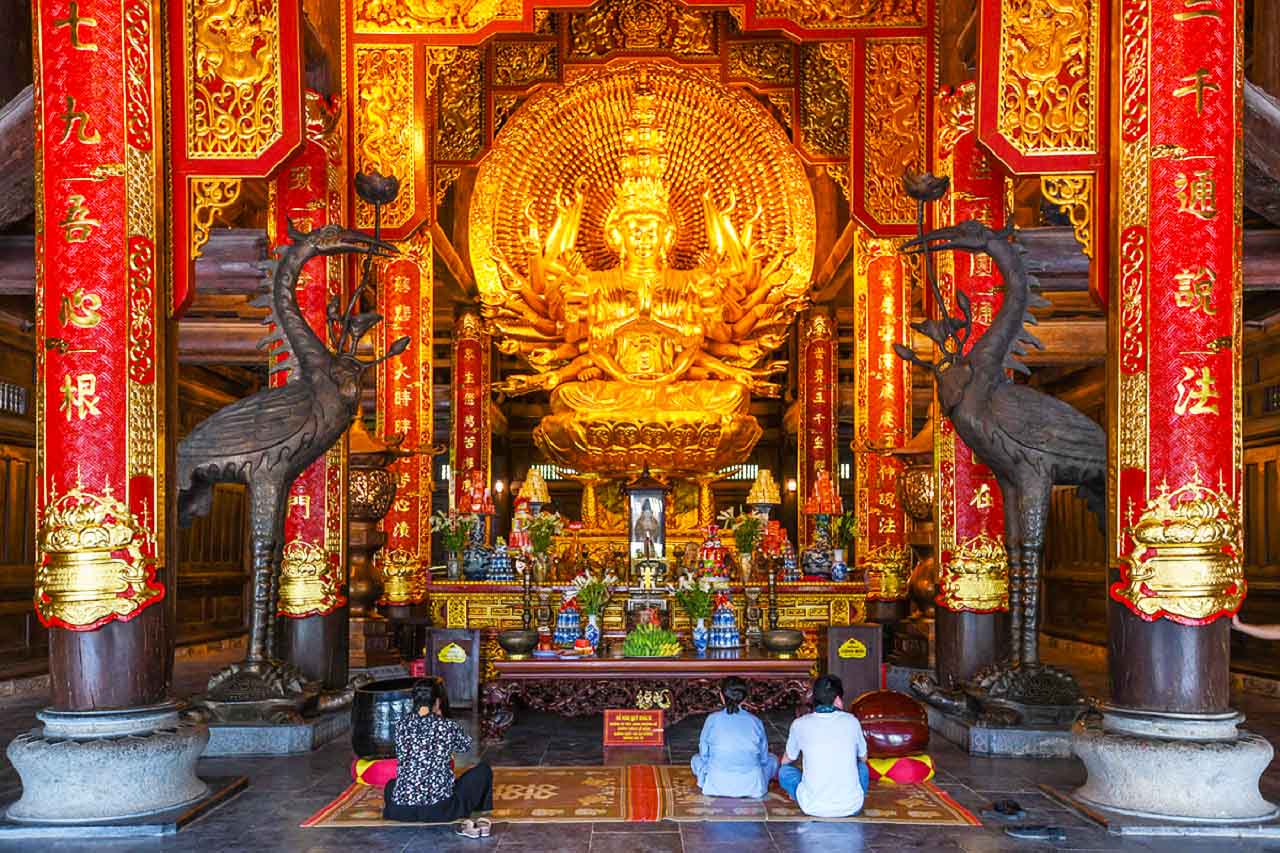
Religion plays an indispensable role in the daily lives of the people in Ninh Binh, serving as a guiding force that shapes community interactions and cultural festivals. Many locals engage in various spiritual practices that bridge personal and communal beliefs, with Buddhism, Confucianism, and traditional ancestor worship being predominant influences.
The significance of these spiritual practices permeates daily life, evident through rituals such as lighting incense and offering food at altars in homes and temples alike.
In addition, educational efforts to maintain and promote cultural heritage are crucial for the continued appreciation of these sites. This undertaking can incorporate heritage tours, interactive workshops, and community-led storytelling, inviting individuals to experience firsthand the stories and traditions that enrich Vietnam’s spiritual landscape.
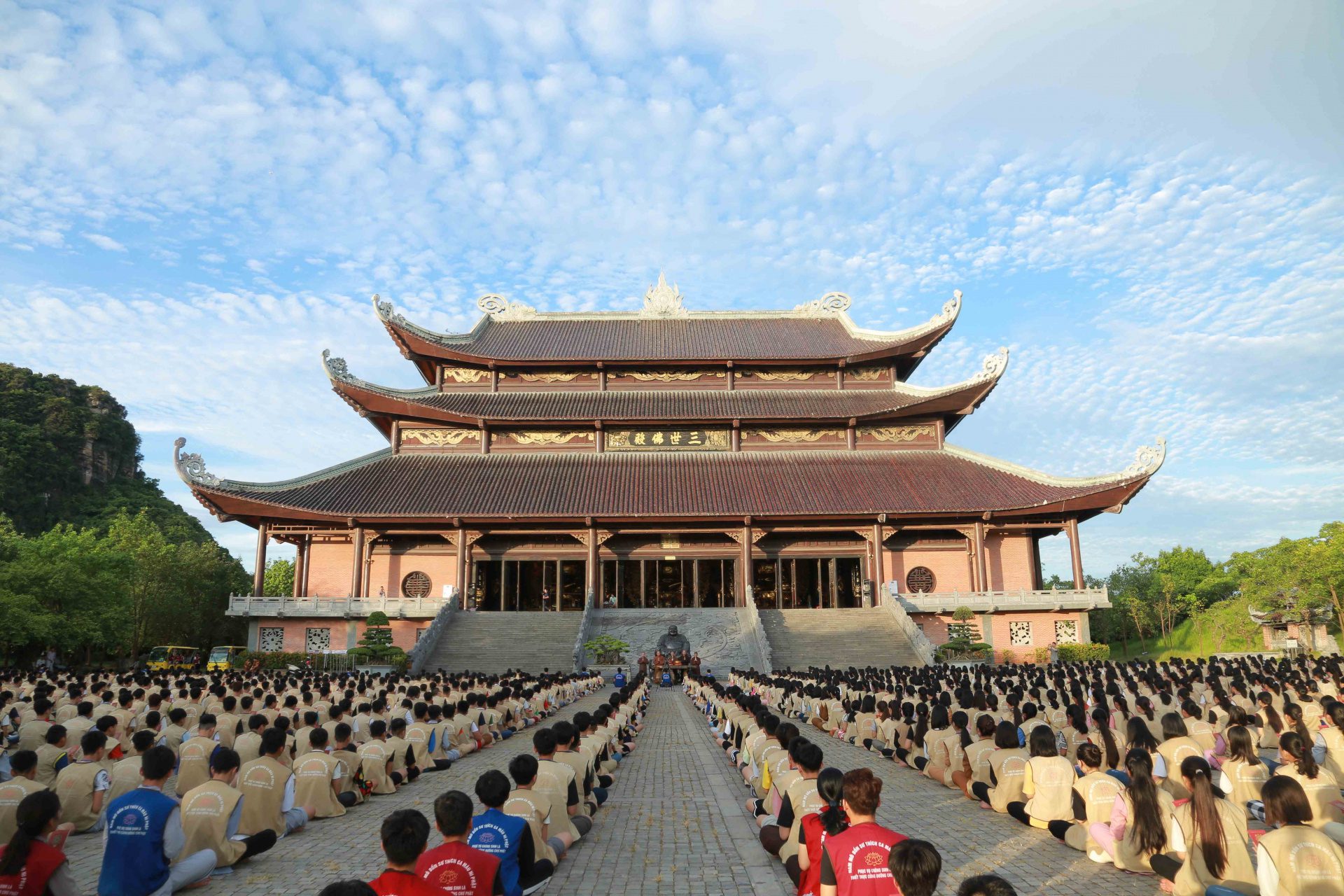
The historical significance of Ninh Binh is palpable in its many temples and pagodas, shaped by the nation’s complex past. As the ancient capital during the Dinh and Le dynasties, Ninh Binh experienced a pivotal era that laid the foundations for many revered spiritual sites.
Throughout its history, Ninh Binh has been marked by several major historical events:
The convergence of these historical timelines has created a unique blend of architectural styles and spiritual practices, offering insights into the Vietnamese worldview of honor, perseverance, and reverence for the past.
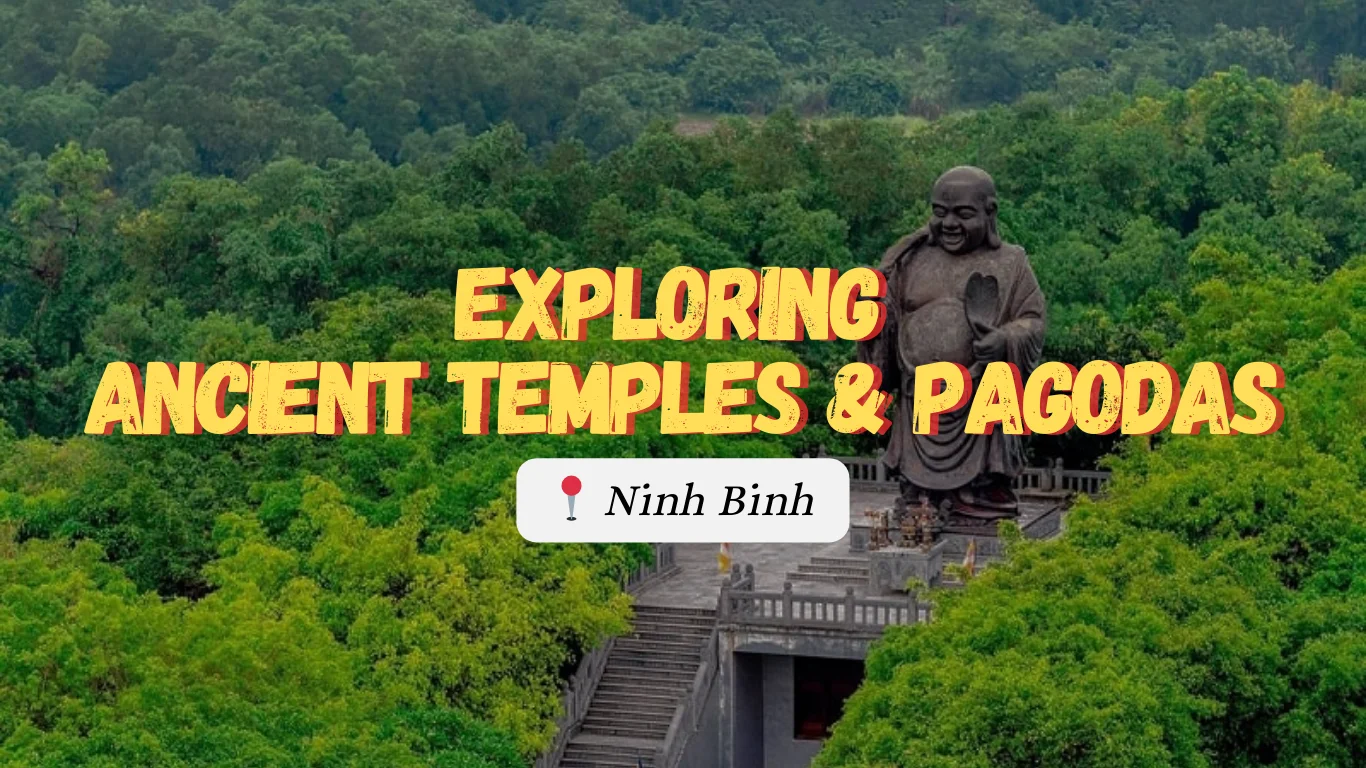
Ninh Binh boasts a plethora of temples that exemplify its spiritual heritage. Each temple is not merely a structure; it represents a narrative tied to Vietnam’s rich history and cultural evolution. The temples serve as congregational sites for worship, heritage celebrations, and preserving ancient teachings. Sites like the Dinh Tien Hoang Temple and the Le Dai Hanh Temple stand as testaments to the reverence held for historical figures who shaped Vietnam’s national identity.
Temples in Ninh Binh provide spaces for worship and reflection, inviting visitors to engage with the spiritual essence of the region. They often feature intricate designs resonating with local craftsmanship and are set within natural landscapes that complement their serene environments.
One of the crown jewels of Ninh Binh, the Bai Dinh Temple Complex, is an awe-inspiring Buddhist sanctuary that has garnered attention both locally and internationally. Spanning approximately 1,700 hectares, it is recognized as the largest Buddhist temple complex in Southeast Asia and includes an impressive array of architectural marvels integrated within a stunning natural landscape.
As a focal point for Buddhist worship, the Bai Dinh Temple Complex embodies the synthesis of religion, culture, and history, inviting guests to explore and experience the spiritual depth at its core.
The Hoa Lu Ancient Capital Temple holds a crucial place in Vietnam’s history as the former capital during the Dinh and Le dynasties. Nestled among limestone mountains, this historical site is a poignant reminder of Vietnam’s regal past and serves to honor the legacy of its founding kings.
Visiting the Hoa Lu Ancient Capital Temple offers a mesmerizing glimpse into Vietnam’s royal legacy, enriching one’s understanding of the connection between spirituality and history.
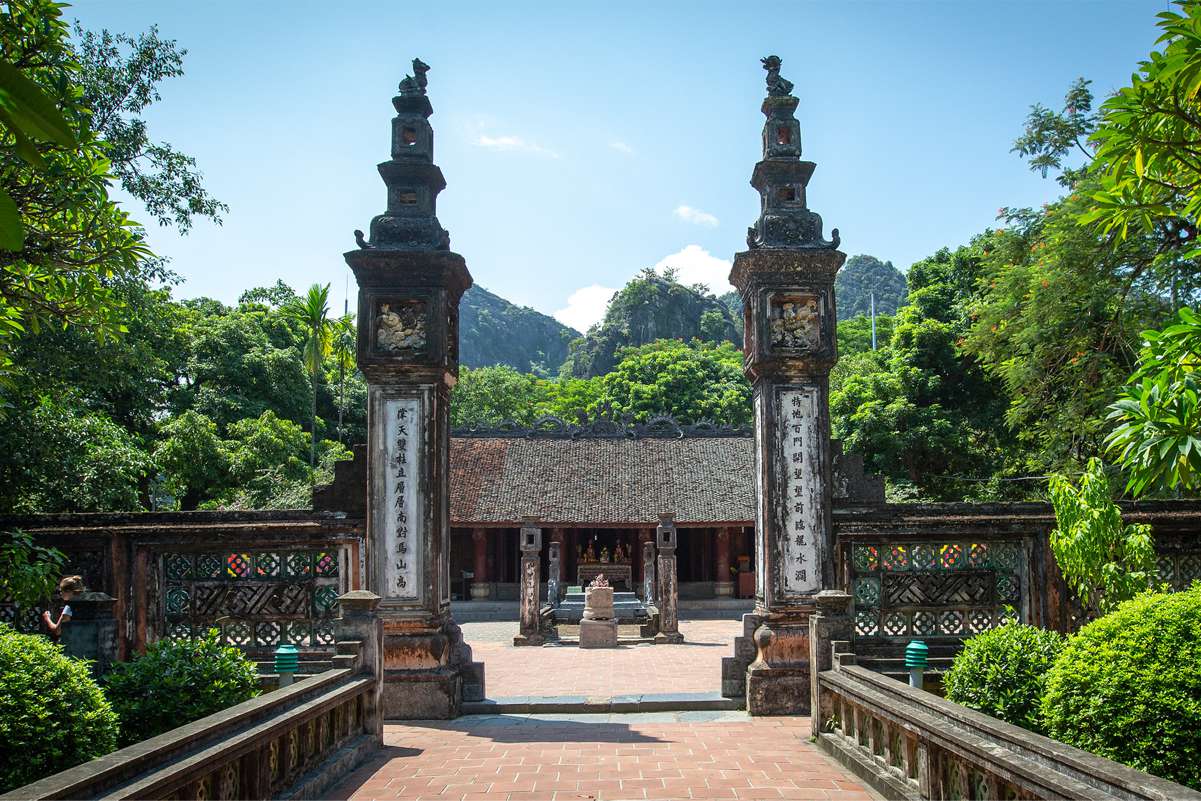
While Ninh Binh is renowned for its Buddhist temples, it also houses significant Christian heritage, as exemplified by the Phat Diem Cathedral. Officially completed in 1898, this cathedral is an architectural masterpiece that harmonizes Vietnamese traditional styles with European Gothic elements.
Phat Diem Cathedral not only represents the architectural ingenuity present in Ninh Binh but also serves as a testament to the region’s cultural diversity and the coexistence of various faiths.
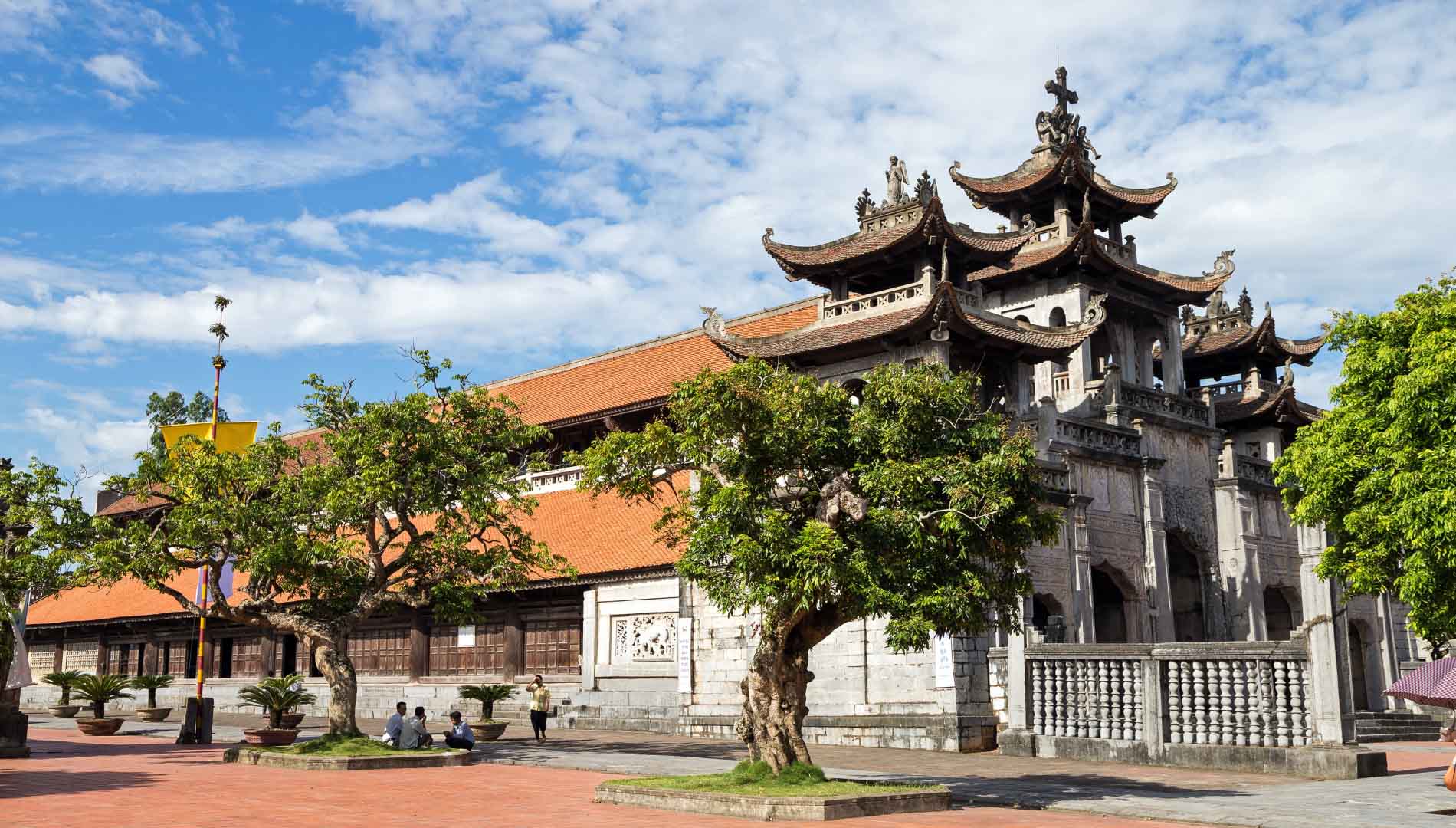
Though not located directly in Ninh Binh but rather in Hanoi, Ngoc Son Temple holds a significant place in the broader narrative of Vietnamese spirituality and is often included in discussions about regional spiritual practices. This picturesque temple is located on an island in Hoàn Kiếm Lake and commemorates the legendary hero Trần Hưng Đạo.
The reverberations of Ngoc Son Temple echo throughout Vietnam’s spiritual heritage, illustrating the significance of memory, reverence, and resistance that is pivotal to understanding the Vietnamese identity.
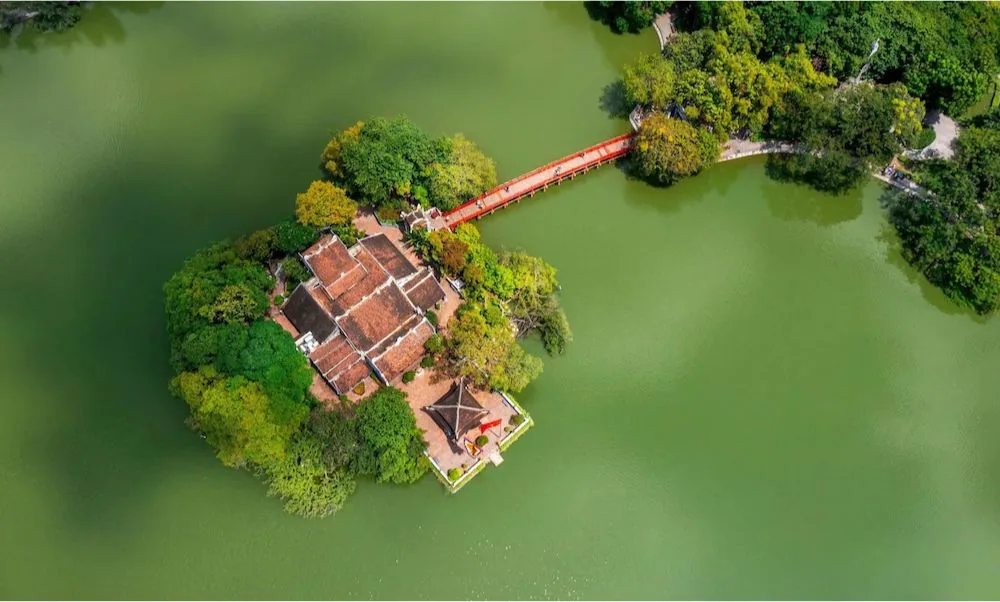
Pagodas in Ninh Binh provide a beautiful expression of Vietnamese spirituality. As predominantly Buddhist structures, they serve as sites of worship, reflection, and meditation. The stunning landscapes often accompany these pagodas, enhancing the spiritual experience for all who visit.
The pagodas are not only architectural wonders but also thrive as active centers of spiritual education, offering visitors a chance to engage with Buddhist practices and beliefs.
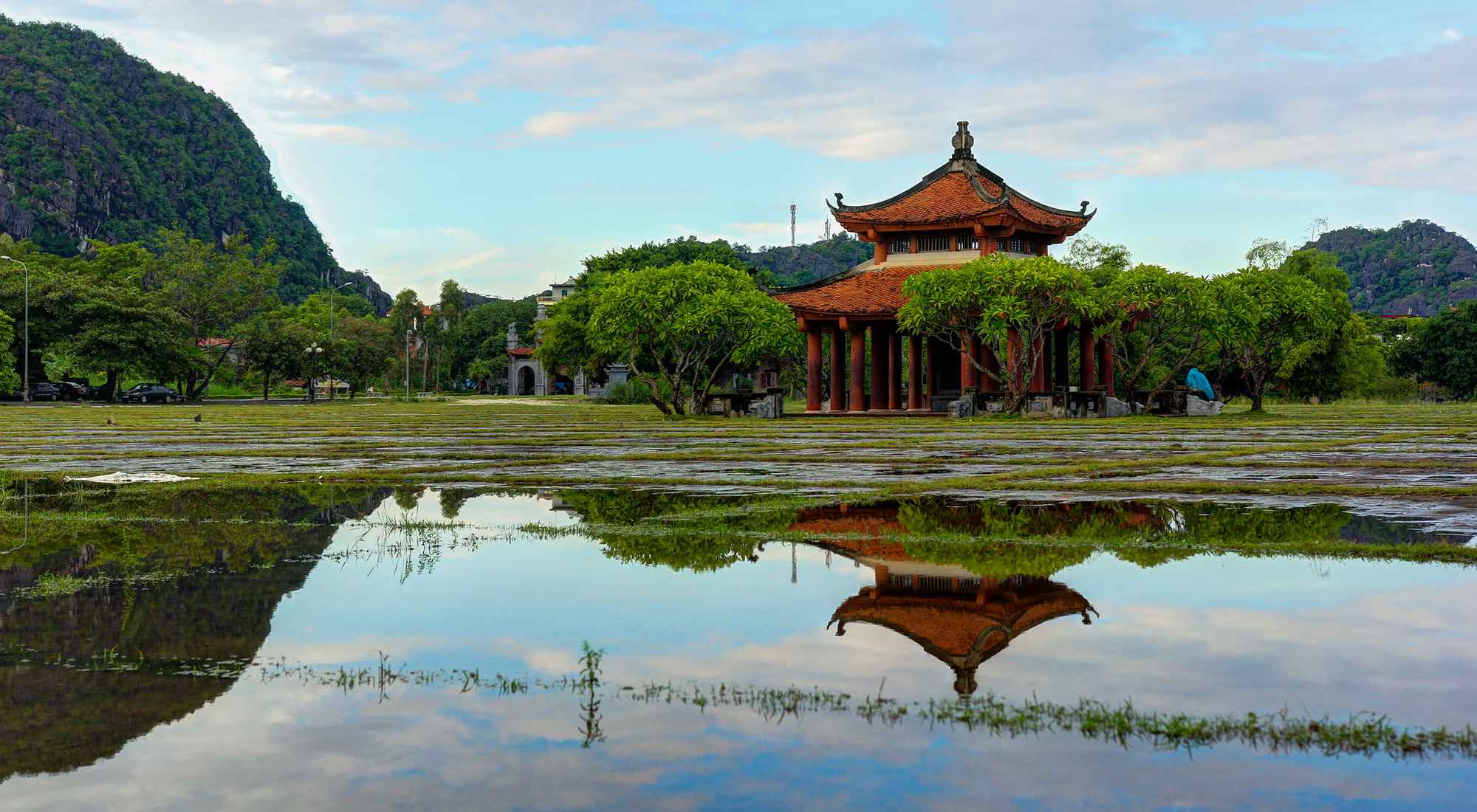
Bich Dong Pagoda epitomizes the harmony between natural beauty and spiritual architecture, nestled amidst the karst mountains of Tam Coc. Established in 1428, the pagoda is an essential part of Vietnam’s cultural heritage and has rightfully earned its status as a UNESCO World Heritage site.
Bich Dong Pagoda stands not only as an architectural marvel but also as a prime representation of the energy that courses through the landscape, harmonizing spirituality and the natural world.
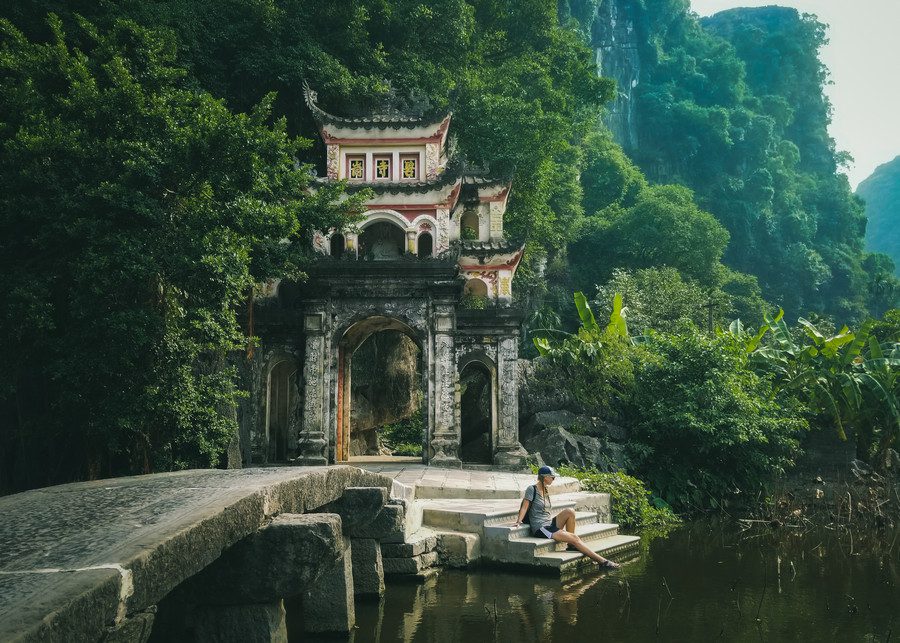
Linh Coc Pagoda, also part of the Tam Coc-Bich Dong complex, showcases the rich cultural and architectural contributions of the Tran Dynasty. Established in 1258, this pagoda serves as a tranquil sanctuary nestled in the embrace of limestone mountains, inviting visitors into its serene environment.
Linh Coc Pagoda stands as a serene reminder of spirituality in nature a site where architecture, history, and spirituality converge, allowing visitors to connect with both tranquil surroundings and the essence of Vietnamese Buddhism.
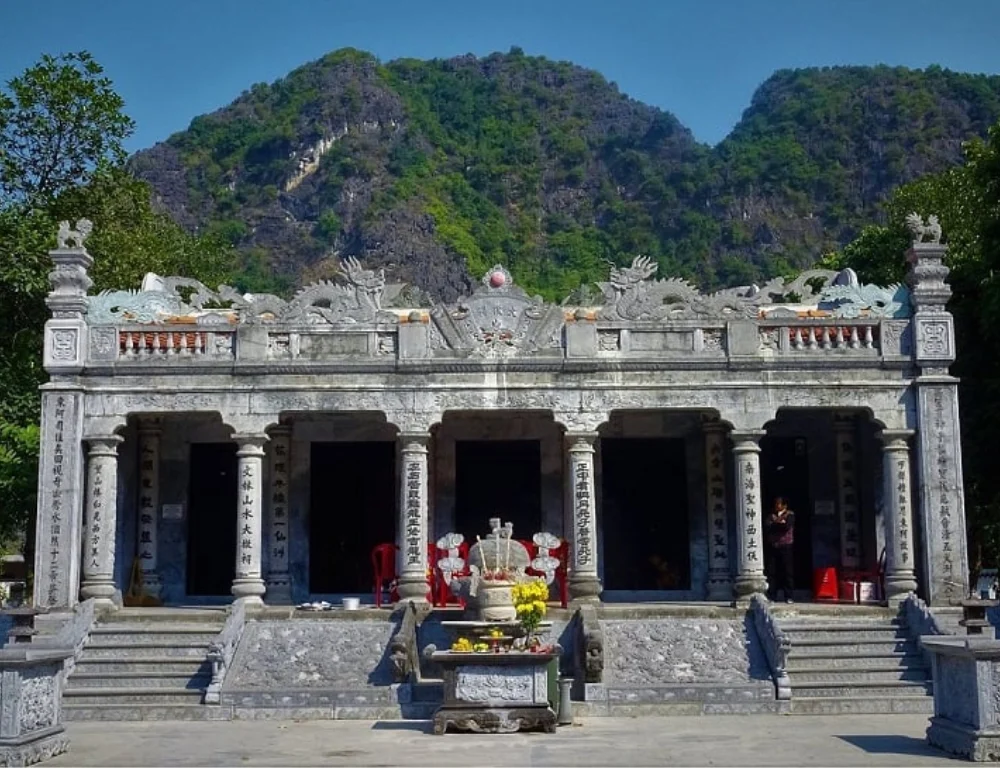
Trang An Pagoda, located in the renowned Trang An Landscape Complex, exemplifies the unique relationship between Vietnam’s landscape and spiritual heritage. This area has been recognized as a UNESCO World Heritage site, famed for its breathtaking natural scenery and historical importance.
Tran An Pagoda stands as the epitome of Vietnam’s blend of natural beauty and spiritual significance a site where every visit becomes a journey through history, spirituality, and the breathtaking landscapes that characterize Ninh Binh.
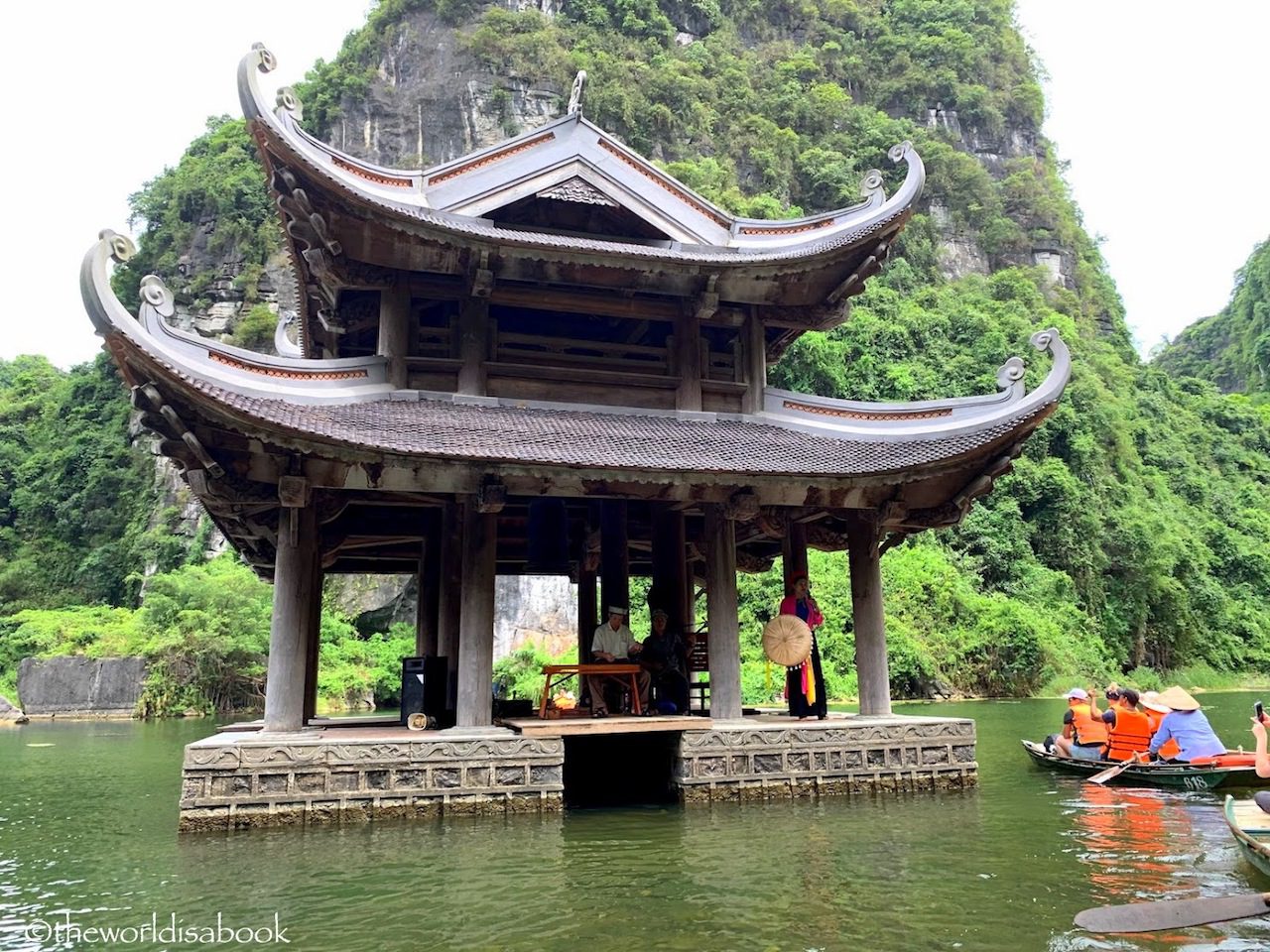
The spiritual practices observed in Ninh Binh reflect the region’s deep cultural roots, with unique ceremonies and traditions that offer a glimpse into the Vietnamese worldview. Rich in diversity, Ninh Binh’s spirituality encompasses various forms of worship, rituals, and festivals that reinforce the community’s connection to their beliefs and histories.
With its rich tapestry of cultural expressions, Ninh Binh exemplifies a captivating spiritual landscape that enriches both residents and visitors alike.
Local religious festivals in Ninh Binh are vibrant events that encapsulate the community’s devotion and connection to spirituality. These festivals, deeply embedded in Vietnamese culture, are distinguished by unique rituals and communal participation that invite both locals and visitors to celebrate faith.
These celebrations enrich the spiritual landscape of Ninh Binh, promoting the continuity of traditions and reinforcing the connection between communities and their histories.
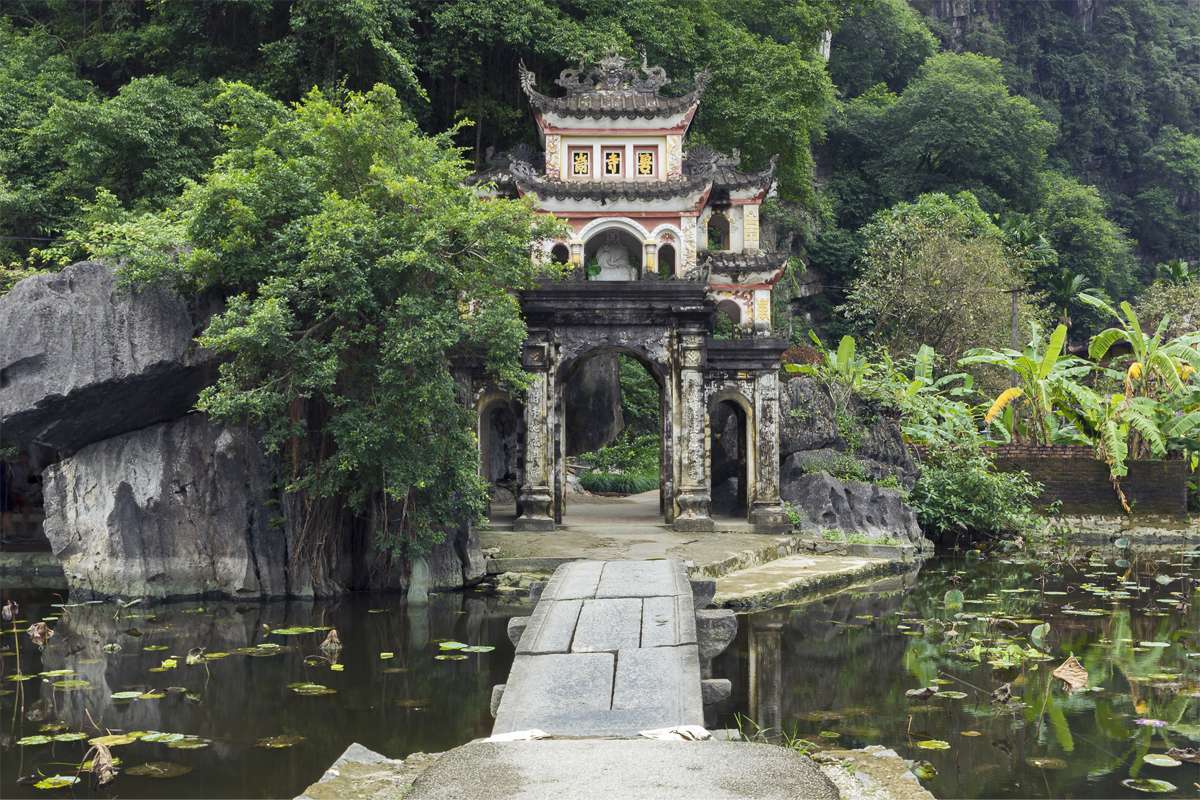
As bastions of spirituality, the rituals observed in Ninh Binh’s temples and pagodas are central to the community’s cultural identity. These rituals include practices of ancestor worship, meditation, and communal prayers that embody the essence of Vietnamese spirituality.
These rituals are not merely traditions; they serve as vibrant expressions of spirituality and community, bringing people together in their shared commitment to their beliefs.
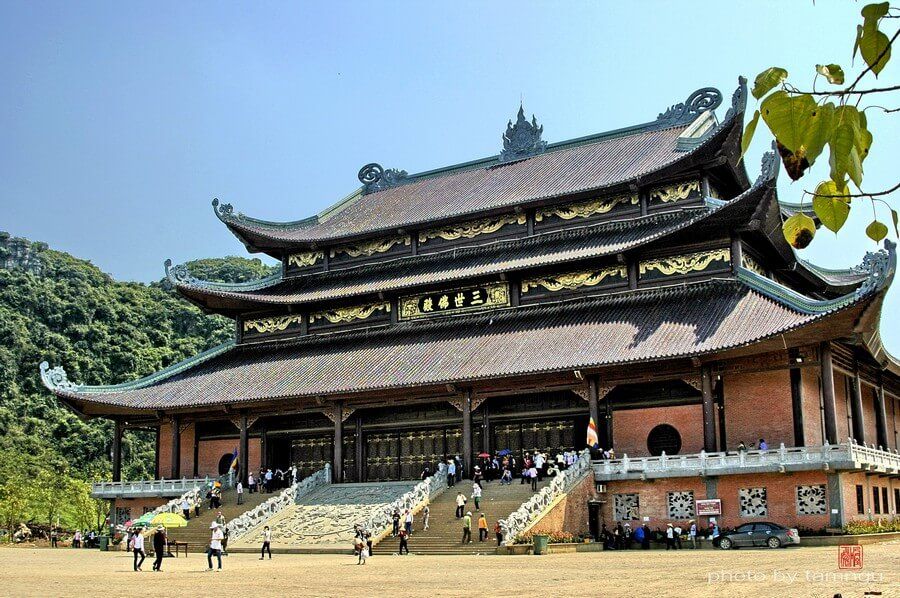
Ninh Binh’s spiritual landscape offers diverse opportunities for exploration through organized religious tours. These tours enable visitors to delve into the historical and cultural significance of various temples and pagodas while engaging with local customs.
Travelers interested in spirituality and culture can expect enriching itineraries that showcase both the beauty of nature and the depth of religious heritage.
Various tour operators provide popular religious tour packages that cater to those wishing to explore the temples and pagodas of Ninh Binh. These packages often highlight key sites while ensuring a comprehensive understanding of their historical and cultural contexts.
Engaging in these tour packages not only allows visitors to witness Ninh Binh’s spiritual highlights but also facilitates their immersion into the local culture, making experiences more meaningful.
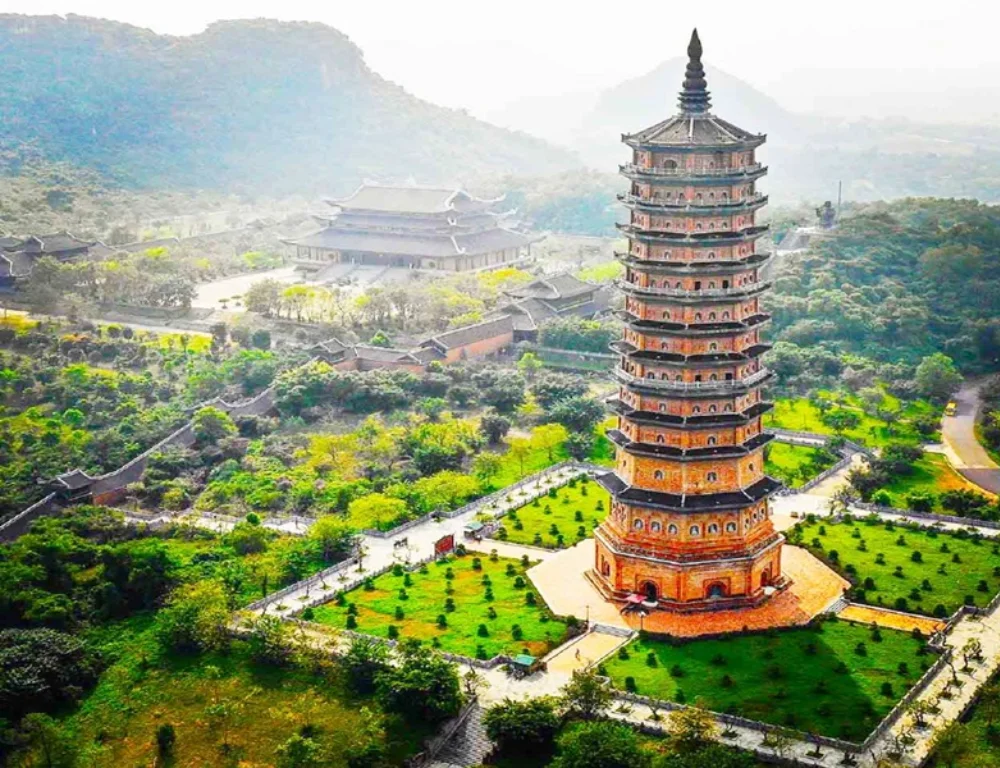
For travelers seeking to explore Ninh Binh’s spiritual sites, several useful recommendations can enrich the experience. Understanding local customs and adhering to respectful practices ensure a rewarding visit.
Travelers should plan visits during religious festivals or local events to experience the cultural richness firsthand, providing vibrant insights into Ninh Binh’s spirituality.
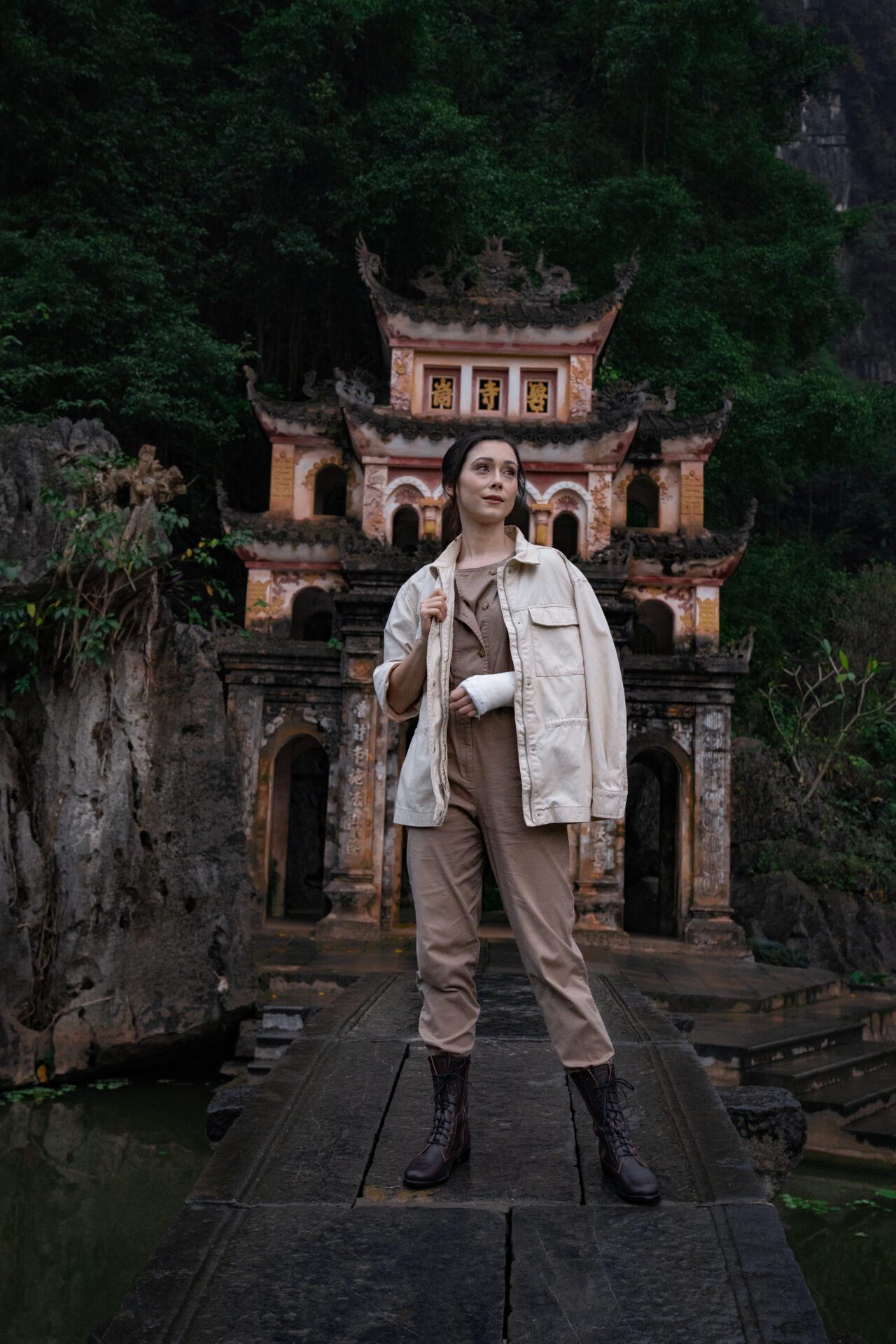
When discussing the spiritual landscape of Ninh Binh, it is essential to compare the various sites and their unique attributes. Each temple and pagoda reflects different aspects of Vietnam’s religious heritage, offering distinct experiences to visitors.
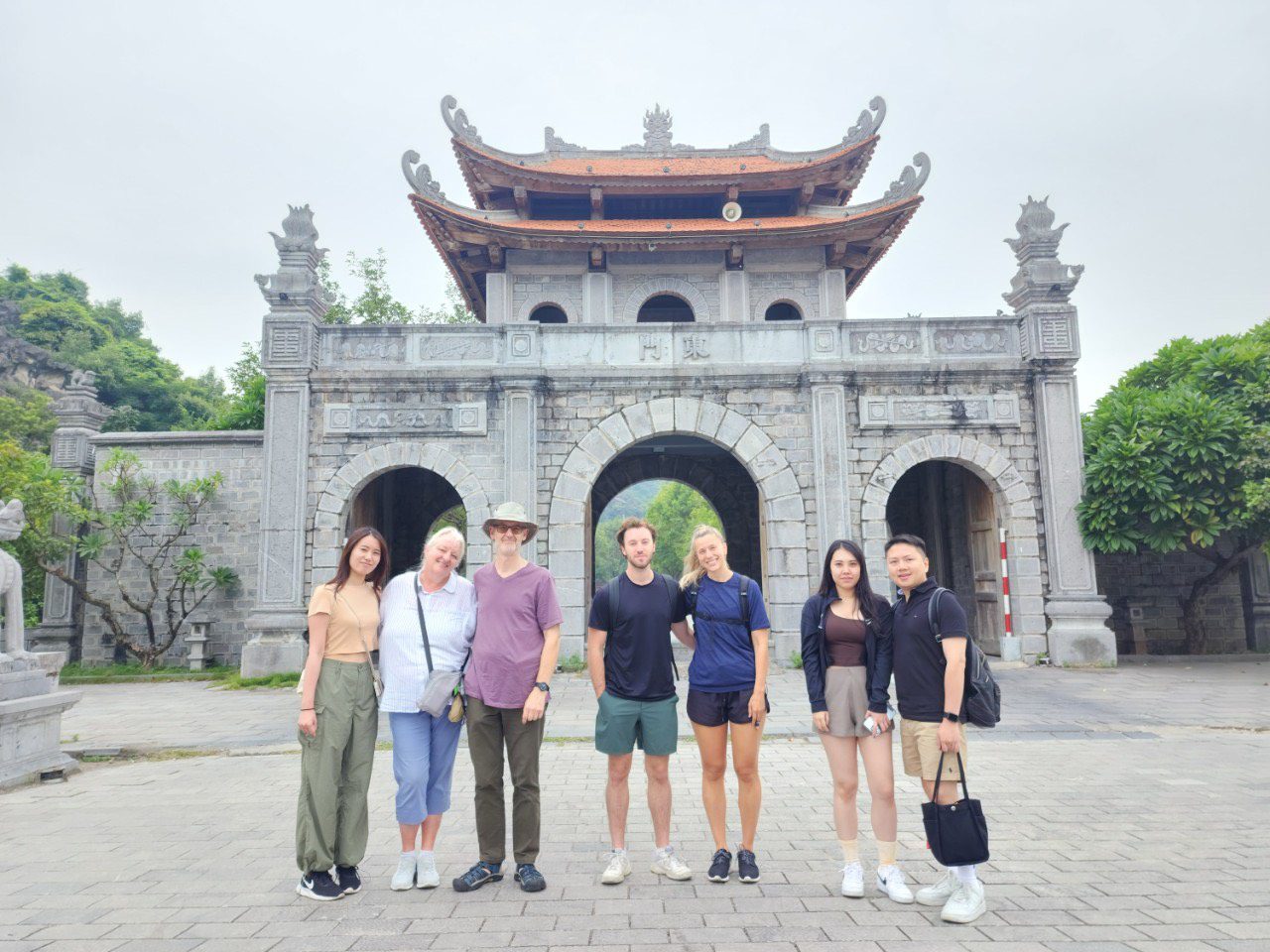
While both temples and pagodas are integral to Ninh Binh’s spiritual narrative, they serve different purposes and embody unique architectural characteristics.
| Feature | Temples | Pagodas |
|---|---|---|
| **Purpose** | Primarily dedicated to honoring deities and ancestors | Focused on Buddhist teachings and meditation |
| **Architecture Style** | Typically features wooden structures with intricate carvings | Often includes stonework, tiers, and stupas |
| **Rituals and Practices** | Engages in ancestor worship and communal offerings | Emphasizes meditation, rituals, and solitude |
| **Cultural Significance** | Represents local history and reverence for past rulers | Reflects the influence of Buddhism and spiritual enlightenment |
Understanding these differences enhances visitors’ experiences, allowing them to appreciate the rich diversity of Ninh Binh’s spiritual heritage.
The architectural styles of temples and pagodas in Ninh Binh are telling of the region’s cultural evolution. They exhibit both traditional and modern influences, revealing insights into Vietnam’s architectural history.
The diversity in architectural styles adds depth to Ninh Binh’s cultural landscape, highlighting the region’s integration of spirituality and artistry.
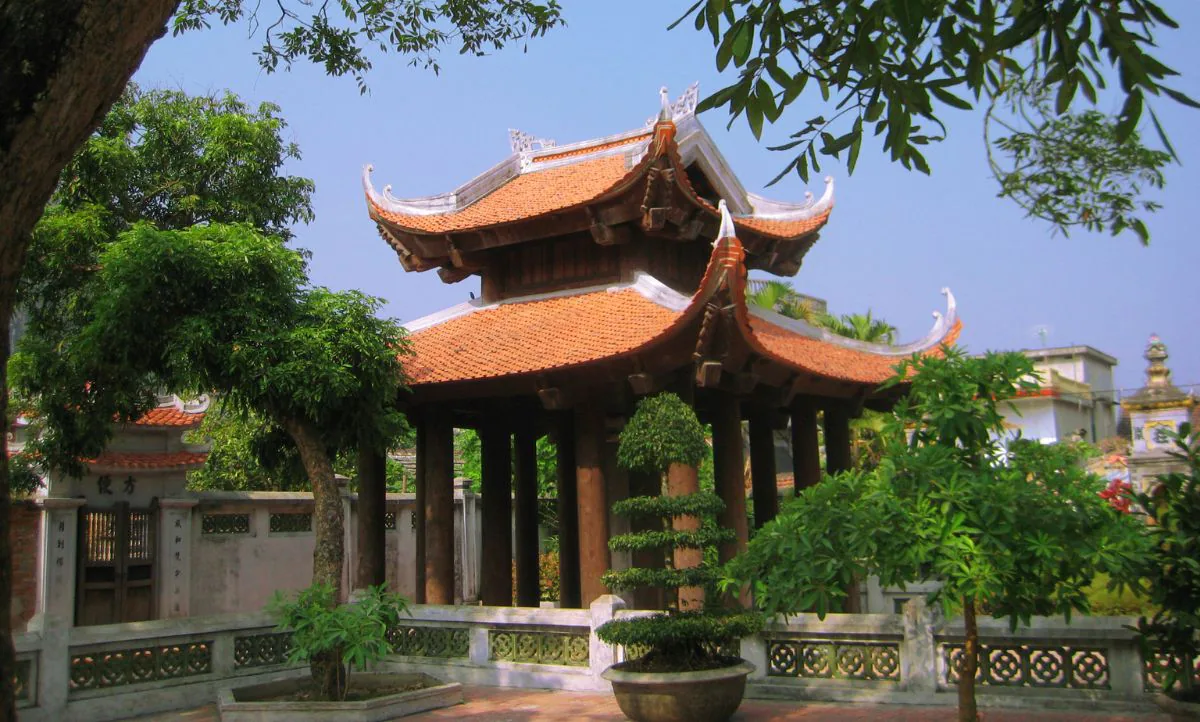
The visitor experience in Ninh Binh’s temples and pagodas is both rewarding and reflective. From engaging with local customs to appreciating architectural beauty, each visit fosters a deeper understanding of Vietnamese spirituality.
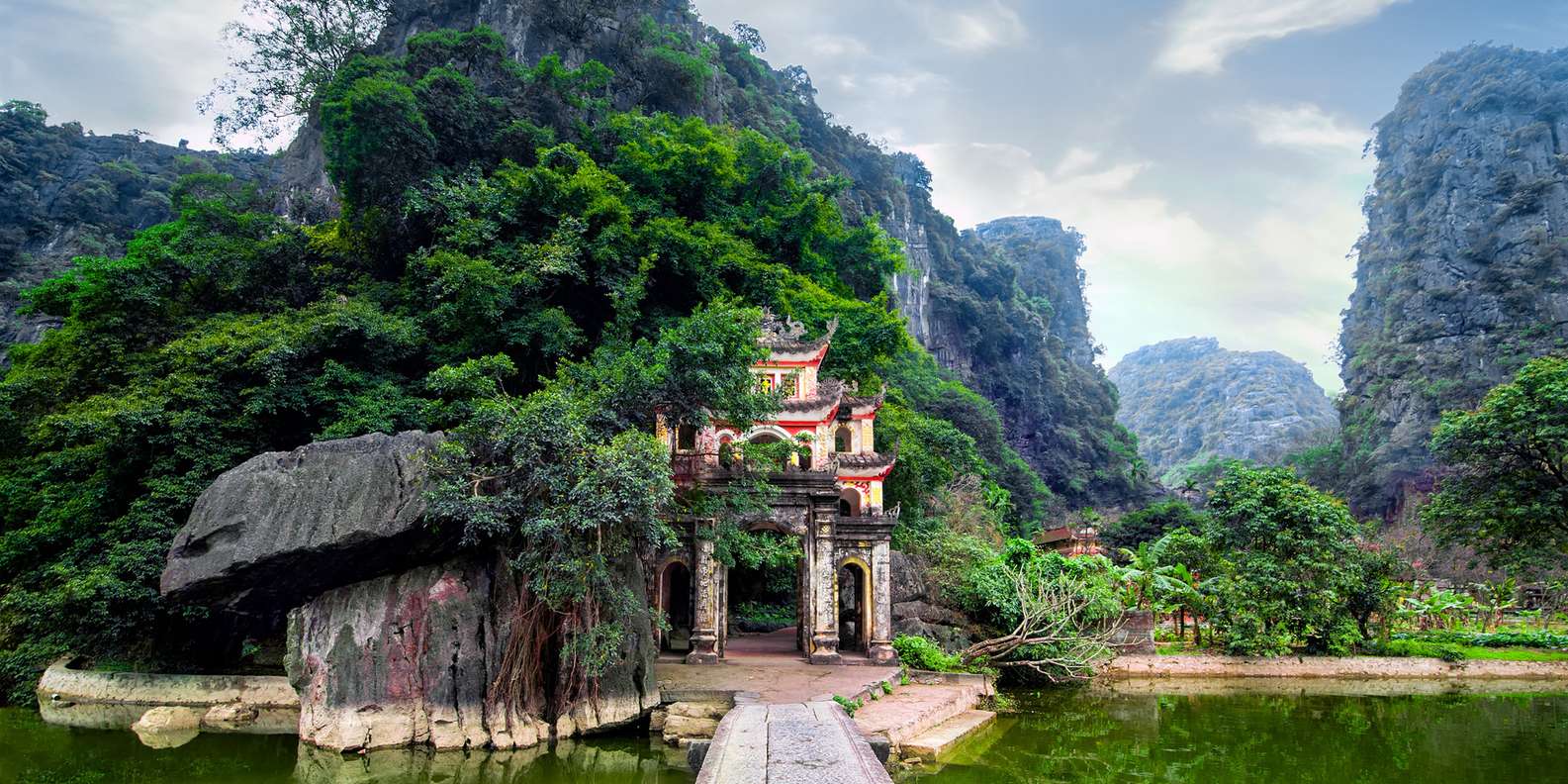
To enhance visitors’ experiences while maintaining the spiritual integrity of Ninh Binh’s temples and pagodas, adhering to specific guidelines is essential:
By upholding these guidelines, visitors can engage meaningfully with Ninh Binh’s spiritual sites, contributing to a deeper understanding of Vietnam’s cultural heritage.
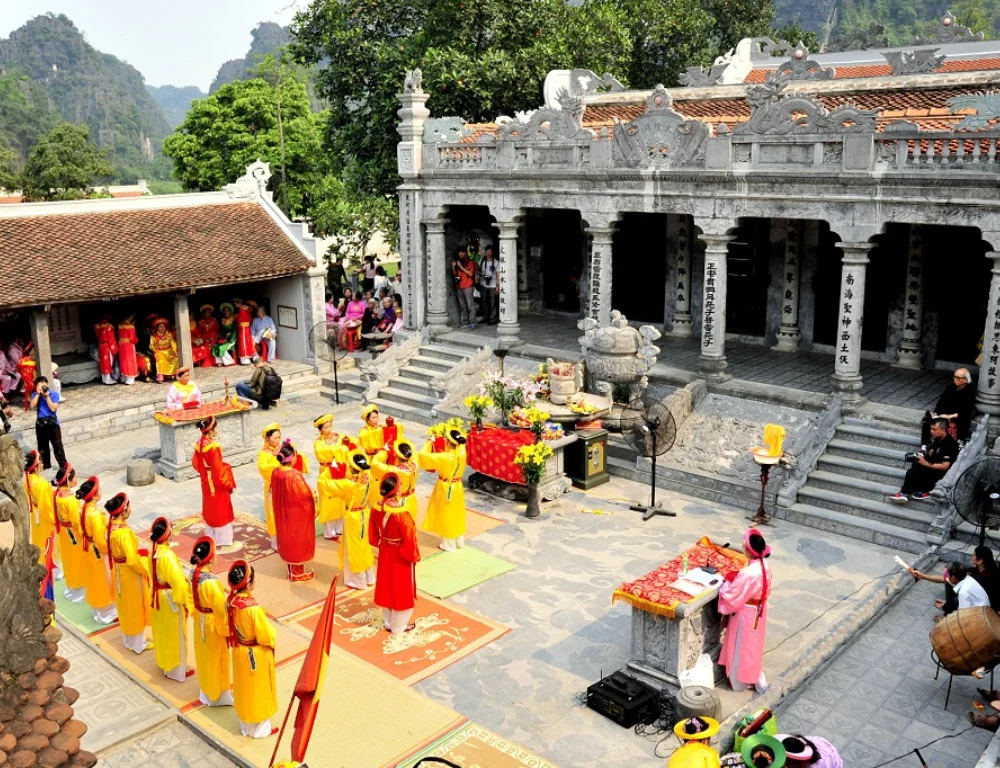
Engaging with local religious communities when visiting Ninh Binh offers profound insights into spiritual practices and cultural traditions. This interaction enriches the visitor experience while fostering stronger community bonds.
By fostering these connections, travelers not only benefit from a richer experience but also contribute positively to the preservation of Ninh Binh’s spiritual heritage.
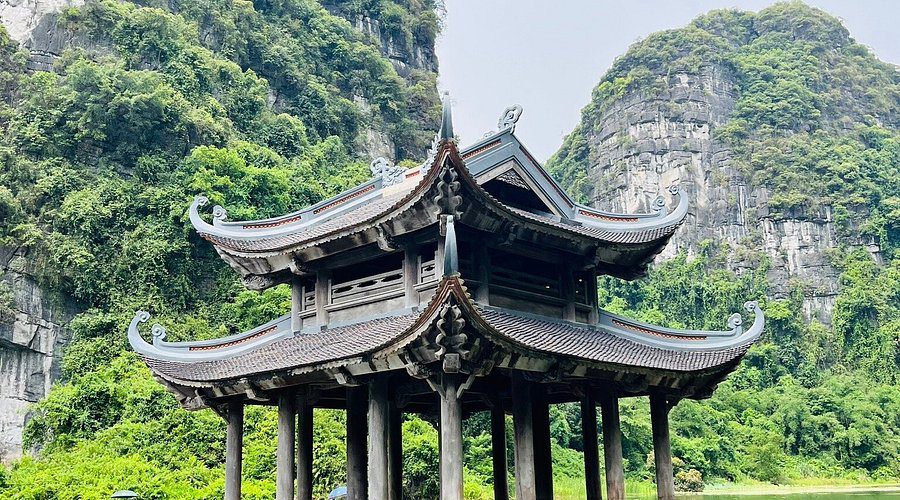
To further support interested travelers looking to explore Ninh Binh’s spiritual sites, several resources are available to enhance the exploration experience:

Books and articles that delve into the temples and pagodas of Ninh Binh are excellent resources for anyone eager to broaden their understanding of the region’s spiritual and cultural landscape.
These resources provide valuable context for travelers, allowing them to appreciate the depths of Ninh Binh’s spiritual heritage.
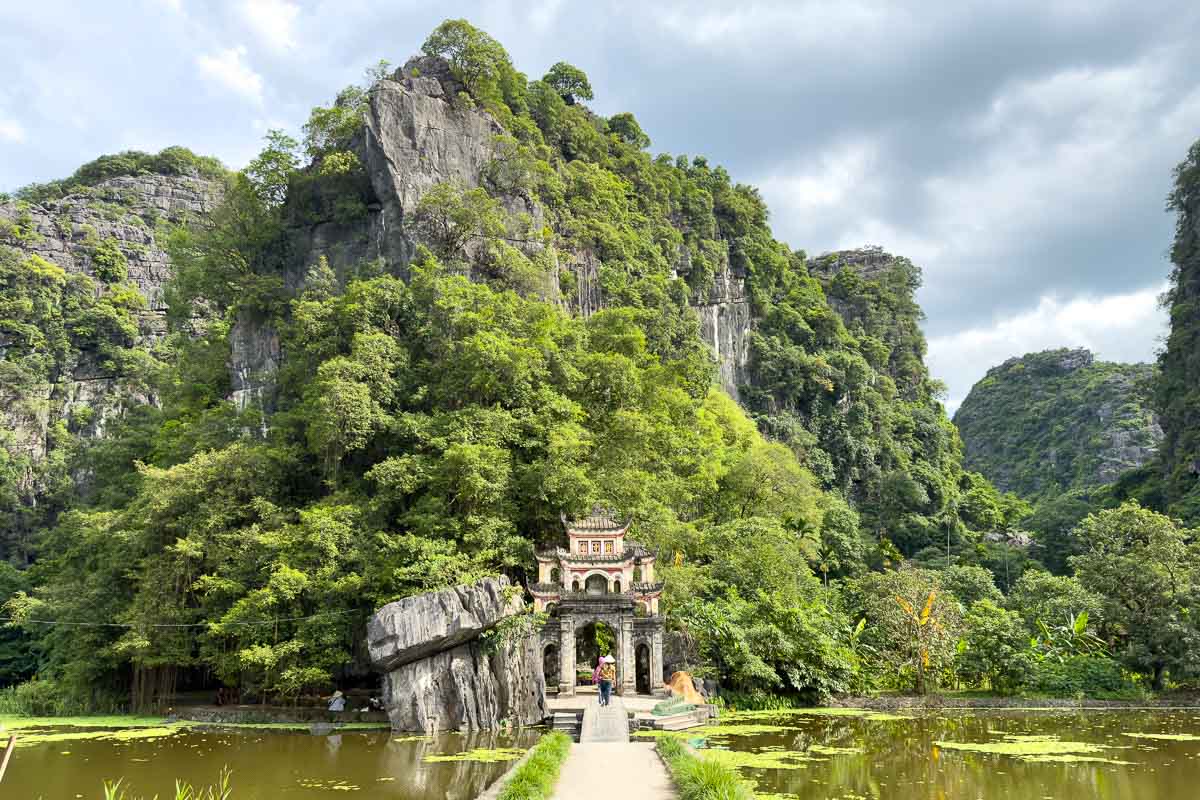
Several online platforms provide detailed information and facilitation for religious tours in Ninh Binh, enhancing the travel experience.
These online resources enable exploration of Ninh Binh’s spiritual sites to be well organized, insightful, and enjoyable.
Ninh Binh’s temples and pagodas present not only avenues for spiritual contemplation but also serve as vibrant reflections of Vietnam’s historical and cultural tapestry. From the majestic Bai Dinh Temple Complex to the serene Bich Dong Pagoda, each site invites visitors on a journey through time, spirituality, and artistry. By exploring these sacred spaces, both locals and tourists can engage with the profound heritage that binds the Vietnamese to their ancestral roots and shared beliefs.
Traveling through Ninh Binh is an enriching experience filled with opportunities to connect with history, nature, and spirituality. As visitors immerse themselves in the cultural richness of this enchanting province, they foster a deeper understanding of Vietnamese identity and the timeless values that define it. Whether participating in vibrant festivals or reflecting quietly in tranquil gardens, Ninh Binh’s spiritual essence is sure to leave a lasting impression on all who embark on this journey.
Copyrights @2025 Vietgo Travels. Terms and Conditions Privacy Policy
Hotline
+84 855 452 888 (Viet Nam) / +1 (206) 665 3090 (US)
Email: [email protected]
Website: www.vietgotravels.com
Head Office:
No. 23 Lo Su Street, Hoan Kiem District, Ha Noi, Viet Nam.
Viet Nam’s branch:
No. 35 Hang Quat Street, Hoan Kiem District,
Ha Noi, Viet Nam.
US:
831 41st Pl, Everett, WA 98201, USA